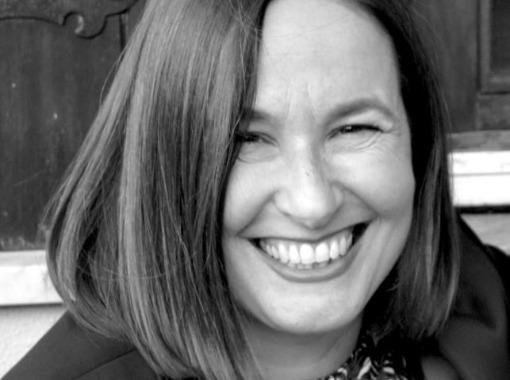Dauði í Vestrænni list: ljós og myrkur, minni og gleymska

Aðalbygging
Stofa 051
Maria José Goulão, listfræðingur frá Háskólanum í Porto í Portúgal, flytur fyrirlesturinn Dauði í Vestrænnri list: ljós og myrkur, minni og gleymska, í stofu 051 í Aðalbyggingu Háskóla Íslands fimmtudaginn 22. mars kl. 15-17.
Fyrirlesturinn verður fluttur á ensku og nefnist „Death in Western Art: light and darkness, memory and oblivion.”
Í fyrirlestrinum leggur Maria José Goulao út frá texta norska rithöfundarins Karl Ove Knausgaar: „For the heart, life is simple: it beats for as long as it can. Then it stops. Sooner or later, one day, this pounding action will cease of its own accord, and the blood will begin to run towards the body’s lowest point, where it will collect in a small pool, visible from the outside as a dark, soft patch on ever whiter skin, as the temperature sinks, the limbs stiffen and the intestines drain. These exchanges in the first hours occur so slowly and take place with such inexorability that there is something almost ritualistic about them, as though life capitulates according to specific rules, a kind of gentleman’s agreement, to which the representatives of death also adhere, inasmuch as they always wait until life has retreated before they launch their invasion of the new landscape. By which point, however, the invasion is irrevocable. The enormous hordes of bacteria that begin to infiltrate the body’s innards cannot be halted. Had they but tried a few hours earlier, they would have met with immediate resistance; however, everything around them is quiet now, as they delve deeper and deeper into the moist darkness. They advance on the Haversian canals, the crypts of Lieberkühn, the islets of Langerhans. They proceed to Bowman’s capsule in the kidneys, Clark’s column in the Spinalis, the black substance in the mesencephalon. And they arrive at the heart. As yet, it is intact, but deprived of the activity to which end its whole construction has been designed, there is something strangely desolate about it, like a production plant that workers have been forced to flee in haste, or so it appears, the stationary vehicles shining yellow against the darkness of the forest, the huts deserted, a line of fully loaded cable buckets stretching up the hillside."
(Karl Ove Knausgaard, A Death in the Family. My Struggle, vol. I, English ed.: London, Vintage Books, 2013, p. 3)
Nánar um fyrirlesturinn á ensku:
In the visual arts, one of the most important components of culture, we can find a reflection of the human concerns about the finitude of life, physical annihilation, the violence of death. We are and have always been surrounded by death, and we have developed various strategies to represent, understand, integrate, refuse, escape or conjure it. Each historical period had its death, each culture its way of thinking about it, from the more open and bright to the most hidden, gloomy and discreet. This conference aims to address some of these issues, such as the macabre themes, violence, oblivion, and memory preservation through art. This overview will take into account anthropology, art history and cultural studies.
Even if death has nowadays become so commonplace and ubiquitous in our daily lives almost to the point of invisibility, it is paradoxically very far from our concerns and our customs; thus we have some difficulty in understanding its role and the density of its meanings in the past. In the ancient times, death was both close and familiar: it did not seem to have much importance or impact on people's everyday lives. Our current attitude is the opposite: death frightens us so much that we do not even dare to name it.
Maria José Goulão.



